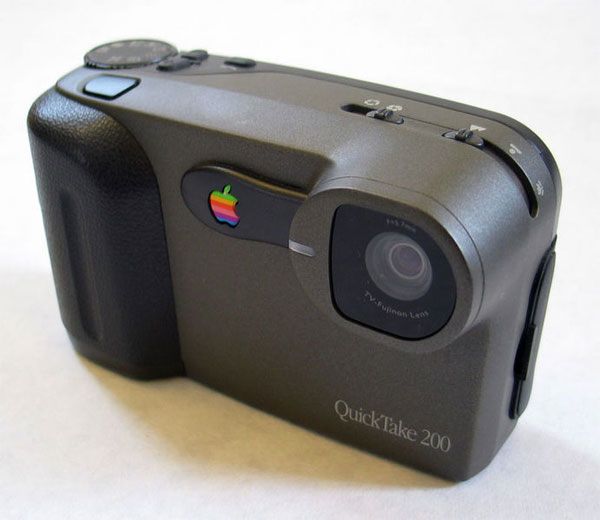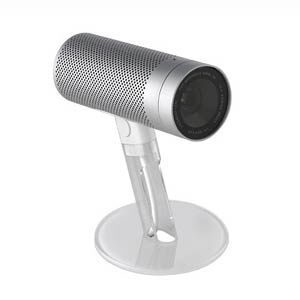Needed: A proper UI.
With Apple stock opening over $300 per share for the first time this morning and Apple Computer poised to report its first quarter with sales in excess of $20bn on October 18, 2pm PDT, fans of the stock are asking “What’s next?”
Well, Apple mobile devices (iPhone, Touch, iPod, iPad) now account for a stunning 60% of revenues and growing. They were zero four years ago. The iPad will sell anything between 25 and 50 million units next year, generating $26 billion or more in revenues and some $8.25 in EPS and adding maybe $80 to the stock price. With competitors all over the place with multiple operating systems and few developers writing applications for any but iOS, the iPad has a solid 3-5 year lead on the competition, just like the original iPhone. Cannibalization of traditional computer sales is mainly hurting PCs and netbooks, as MacBook sales continue growing. The newest iPhone is selling like hot cakes, global distribution grows apace and the iPod refuses to die , morphing into the Touch. So it’s not like there isn’t a lot of gas left in the tank for existing products to continue to sell nicely for a while.
Many commentators think Apple should try to get serious about home entertainment with an Apple television but I doubt that will work. The problem with an integrated TV/computer is that you have one part with a ten year life, the LCD display, and another with a 2 year life, the computer hardware. So the consumer will be confronted with the issue of recycling a perfectly fine LCD display just because the computer part is obsolete. That does not solve. Plus dealing with multiple TV and movie studios to get distribution rights to their content is a Sisyphean task.
But how about an Apple camera?

The Apple Quicktake 200 – 1997
Apple marketed three Quicktake models in the 1990s, each 640×480 pixels (0.3 megapixels!) priced at $600-750. They were not successful, the first two being a rebranded Kodak made by Chinon in Japan, serial makers of contract garbage then and now; the last, shown above, was made by Fuji. Steve Jobs rightly discontinued this “me too” product shortly after his return to Apple.
Rebranding is not a formula for success. It’s merely a formula for low sales and even lower margins.
Apple has been using optics in its computers for a long time. There was the excellent 2003 iSight webcam which clipped to your iMac which I happily used for years with my iMac G4 and G5; after that iMacs and MacBooks came with built-in webcams, none quite as sharp as the original clip on which now sells for a small fortune in the used market.

Apple iSight webcam.
The iSight had autofocus and exposure and a fast, sharp lens.
Finally, Apple has made huge strides in cell phone camera design, with the 5mp variant in the latest iPhone4 eschewing pixels for image quality and adding automated HDR in the process. I am still on the iPhone 3G so cannot comment on the quality firsthand, but user reports suggest it’s excellent for that format.
And if anyone knows User Interface design, it’s most certainly not the goons at Microsoft.
So Apple could make a crackerjack separate camera in a sector replete with poor design and near total absence of correct thinking about user interface design. Panasonic and Olympus are among the worst here, with endless menus cluelessly named. What is called for is a simple mechanical analog interface for a few of the most commonly used functions and a voice activated or touchscreen approach for everything else which is rarely used. The Panasonic G2 makes a stab at touch controls, but it does nothing to change the poor menu structure of the G1.
Lenses? Hardly an issue. Any of Schneider, Fuji, Cosina, Sony and many others will be more than pleased to come up with a cool design for what is now the world’s second largest company, just behind ExxonMobil. CPU? The customized ARM A4 used in the iPad will blow anything else out there out of the water.
Disclosure: Long AAPL and AAPL call options.